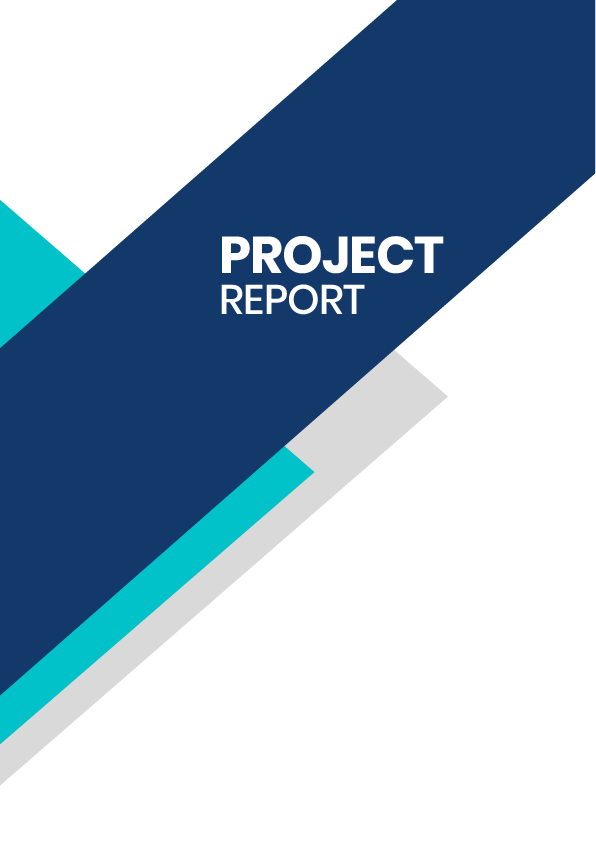Related Keywords
- Wholesale trade
- bulk supply business
- distribution business
- wholesale supply
- bulk trading
- wholesale marketing
- wholesale dealership
- थोक व्यापार
- वितरण व्यवसाय
What are the Business Potentials of Wholesale Distribution Business in India?
- Online Shopping is Growing Fast: More people in India are buying things online. In 2024, online shopping made ₹12.2 lakh crore. It is growing by 18.7% every year. Wholesale businesses can make a lot of money by supplying products to online stores.
- Medicine Business is Expanding: India’s medicine industry is worth ₹3.5 lakh crore today. Experts say it could reach ₹10.8 lakh crore by 2030. India makes 20% of the world’s generic medicines. Wholesale businesses that sell medicines have a great chance to grow.
- Daily Use Products Sell More: People buy more soap, snacks, and drinks every day. This market grew from ₹2.6 lakh crore in 2011 to ₹4.3 lakh crore in 2018. Experts predict it will reach ₹18 lakh crore by 2025. Wholesale businesses can make good profits by selling these products.
- India is Trading More with Other Countries: India is working with countries like the USA to increase trade to ₹41 lakh crore in the next 10 years. Wholesale businesses that bring goods from other countries or send goods to them can earn a lot.
What are the Marketing Strategies for Wholesale Distribution Business?
- Use Government Help: The Indian government has programs that help people start and grow businesses. One program called Stand-Up India gives loans between ₹10 lakh and ₹1 crore to women and people from certain groups. Wholesale businesses can use this money to get started.
- Make Use of Logistics Parks: The government is building parks to help businesses move products faster and cheaper. These parks have special places to store products and places where goods can be transferred from one vehicle to another. This helps businesses save time and money when moving products.
- Invest in Cold Storage: More people are buying fresh and frozen food. Wholesale businesses that sell these products need to keep them cold. The government offers help to build cold storage, so products stay fresh when they’re sold. This makes it easier to distribute fresh goods.
- Go Digital: Digital tools can help businesses keep track of their products, orders, and customers. The government’s Digital India program makes it easier for businesses to use online tools and grow. Wholesale businesses can reach more customers by using the internet.
Why Do You Need a Project Report for Wholesale Distribution Business?

Need expert service?
Please send a WhatsApp message to us, and our team of experts will guide you in creating a project report for bank loan.
Create Your own project report in less than 10 mins.
- Unlimited edits
- Unlimited downloads
- Up to 10 years of projections
- 20+ pages

Frequently asked questions
Everything you need to know about the product and billing.
Finline is an online tool for creating a project report for bank loan online and see the report for free online. You only need to pay for downloading the report.
Can I change my plan later?
Yes , ofcourse you can upgrade from a lite plan to a pro at anytime.
Can I edit the report after download ? is it chargeable?
You can do unlimited edits even after download without any extra payment.
What is the ‘lite’ and ‘pro’ plan ? Is it subscription based plans?
Lite and Pro are just individual report download plans , not subscription plans.
Do I require a CA seal & Stamp for getting a loan?
Not at all, project report is a business plan about your business and it should be prepared by an entrepreneur . Nobody can predict and certify a business which is going to happen in the future.
Can I get any assistance from your team?
Yes of course, you can go to the help section in all pages were you can find chat button for seeking support.
Can I get a project report format for bank loan through Finline?
Yes! Finline provides a ready-to-use project report format for bank loan. You can create it online, see it for free, and download it instantly for your loan application. This makes your project report format for loan easy to complete in just a few steps.
Do you provide a project report format for bank loan in excel?
Yes. Finline offers a project report format for bank loan in excel that is easy to edit and customize. You can also download a project report format for loan in excel if you prefer working offline.